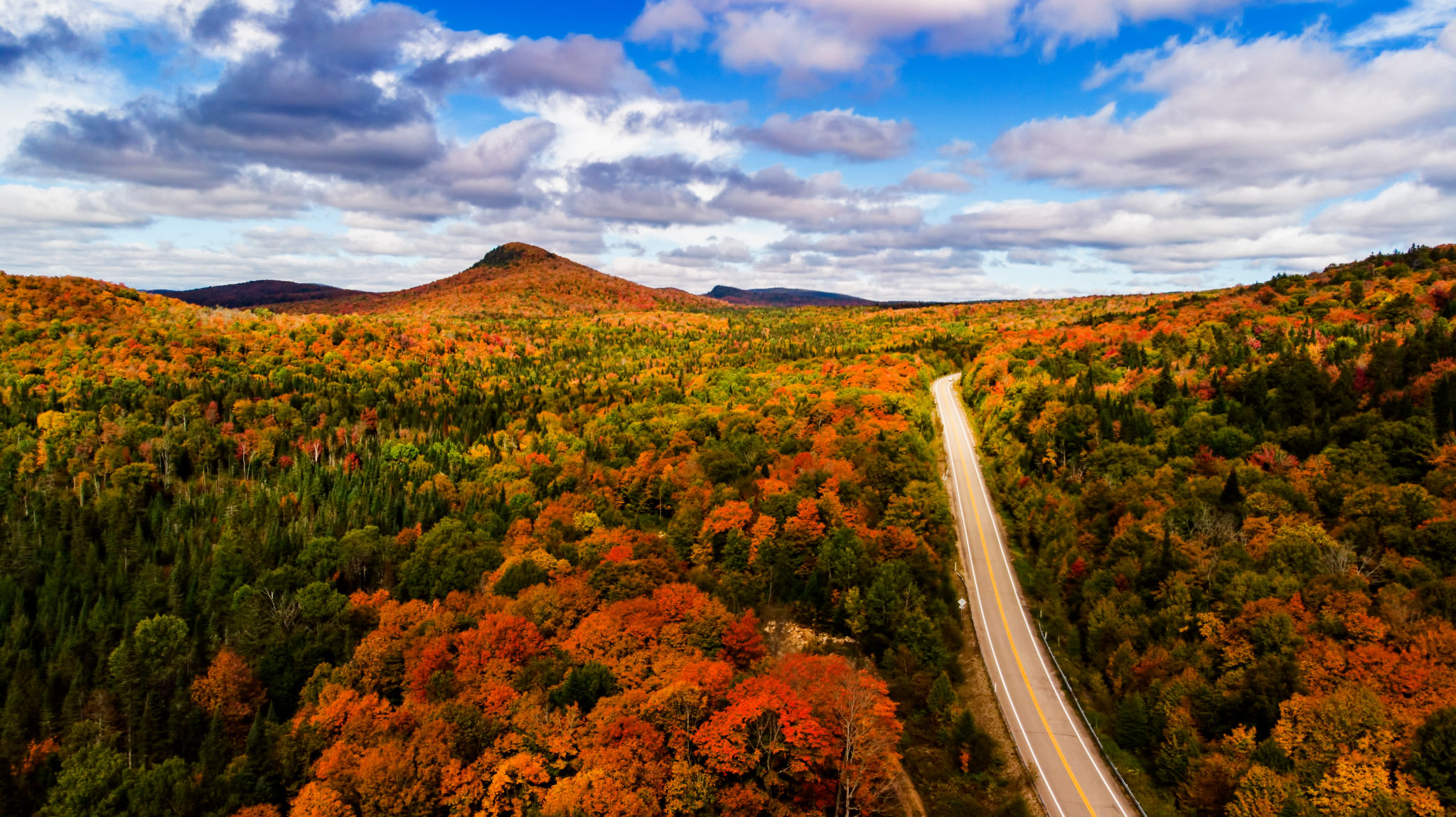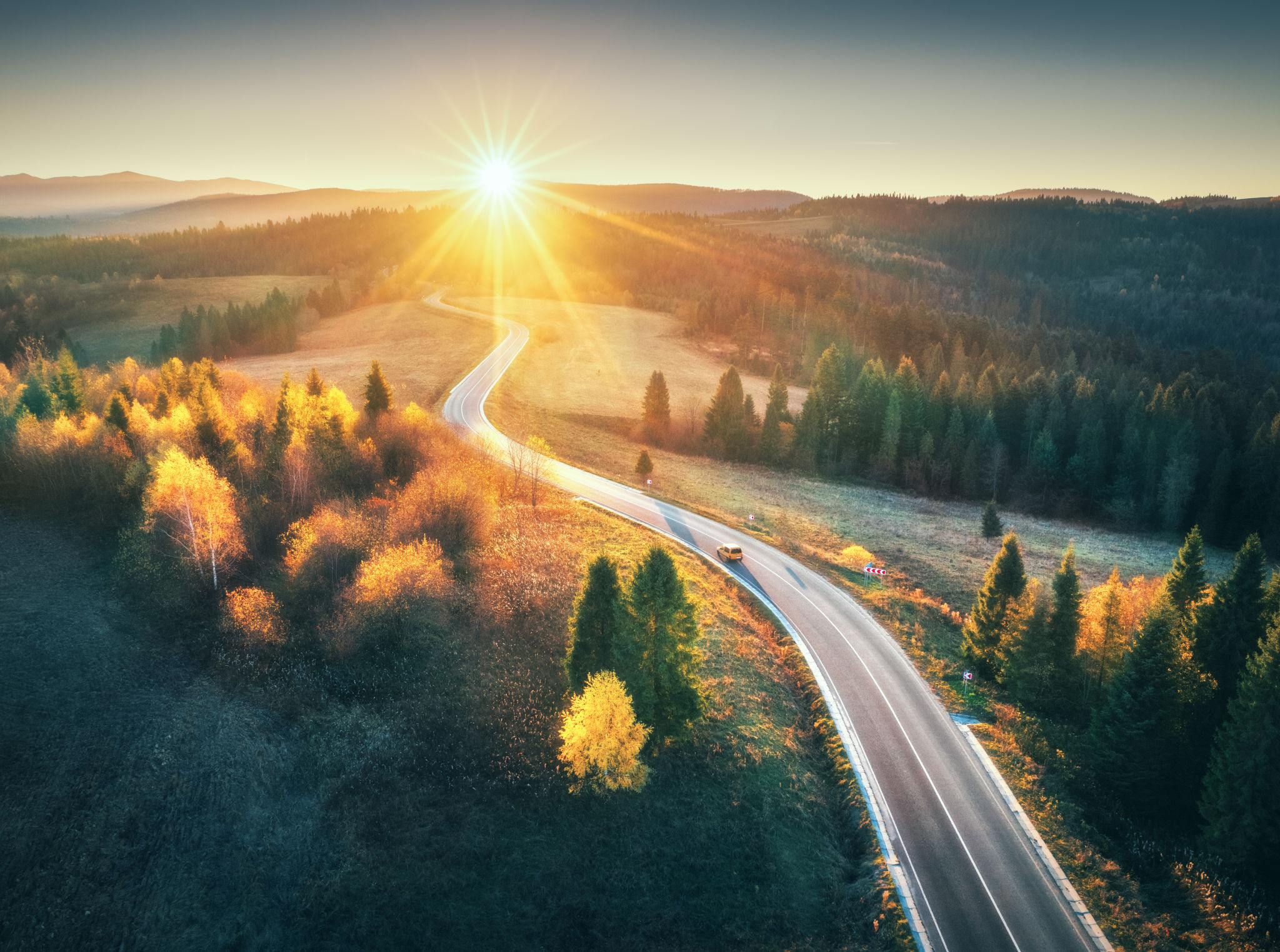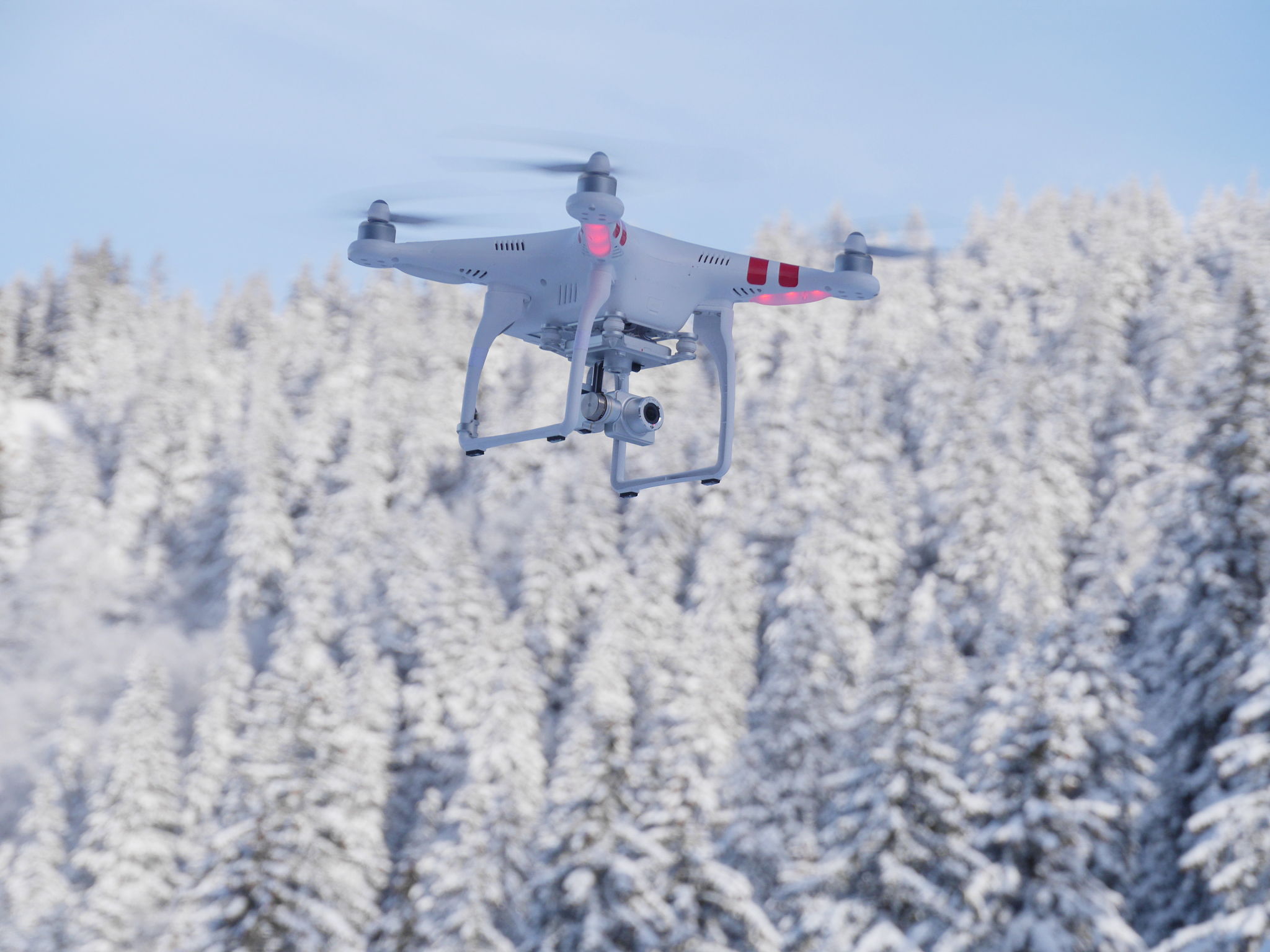Seasonal Drone Filming Tips for Stunning Aerial Shots
JW
Understanding the Impact of Seasons on Drone Filming
Capturing stunning aerial shots with a drone requires more than just technical know-how. The time of year can significantly influence the quality and mood of your footage. Different seasons offer unique lighting conditions, landscapes, and weather patterns that can either enhance or hinder your drone filming efforts. Understanding these seasonal variations is crucial for creating compelling aerial visuals.
For instance, the vibrant colors of autumn leaves provide a dramatic backdrop, while the stark contrast of winter's snow-covered landscapes can create breathtaking visuals. Each season brings its own set of challenges and opportunities for drone filming, making it essential to plan your shoots strategically.

Spring: Capturing Renewal and Vibrancy
Spring is synonymous with renewal and growth, making it an ideal season for capturing a fresh and vibrant aesthetic. The blooming flowers and lush greenery create a lively palette that can enhance the visual appeal of your shots. To make the most out of spring, film during the golden hours—early morning or late afternoon—when the light is soft and warm.
However, spring weather can be unpredictable, with sudden rain showers and windy conditions. Always check the weather forecast before your shoot and be prepared for last-minute changes. Adjusting your drone's settings to accommodate changing light conditions can help maintain consistent quality in your footage.
Summer: Embracing Long Days and Dynamic Lighting
Summer offers extended daylight hours, providing ample time to experiment with different filming angles and locations. The bright sunlight can illuminate landscapes beautifully, but it's important to manage potential issues like lens flares and harsh shadows. Using a polarizing filter can help reduce glare and improve contrast in your shots.

Consider filming near water bodies during summer for stunning reflections and dynamic visuals. Early mornings or late afternoons are ideal times to capture softer lighting, which can add a magical touch to your aerial shots.
Autumn: Highlighting Rich Colors and Textures
Autumn is a favorite among drone enthusiasts due to its rich tapestry of colors. The golden hues of fall foliage provide an opportunity to capture mesmerizing landscapes. To highlight these colors, aim for overcast days that can diffuse sunlight evenly across your scene, enhancing color saturation without harsh shadows.

Additionally, capturing footage at lower altitudes can emphasize texture and depth within the landscape, showcasing the intricate patterns created by fallen leaves. Make sure to adjust your camera settings to capture the true vibrancy of autumn colors.
Winter: Embracing Minimalism and Contrast
Winter's stark landscapes offer a unique opportunity to embrace minimalism and high contrast in your aerial shots. Snow-covered scenes create natural reflectors that can brighten up your footage, but they also pose challenges with exposure settings. Using manual exposure controls is crucial to prevent overexposure in bright snow scenes.
Consider filming during the "blue hour," just after sunset or before sunrise, when the sky casts a soft blue hue over the snowy landscape. This can add an ethereal quality to your footage, creating truly captivating visuals.

General Tips for Year-Round Drone Filming
No matter the season, there are some universal tips to keep in mind for successful drone filming:
- Plan ahead: Research locations and check local regulations regarding drone usage.
- Weather considerations: Always check the weather forecast to avoid adverse conditions that could impact safety and footage quality.
- Battery management: Cold temperatures can reduce battery life, so carry spares and keep them warm when filming in winter.
- Practice makes perfect: Familiarize yourself with your drone's features and practice different maneuvers to enhance your filming technique.
By understanding how each season influences aerial photography, you can better prepare for shoots that maximize the beauty and uniqueness of each time of year.
